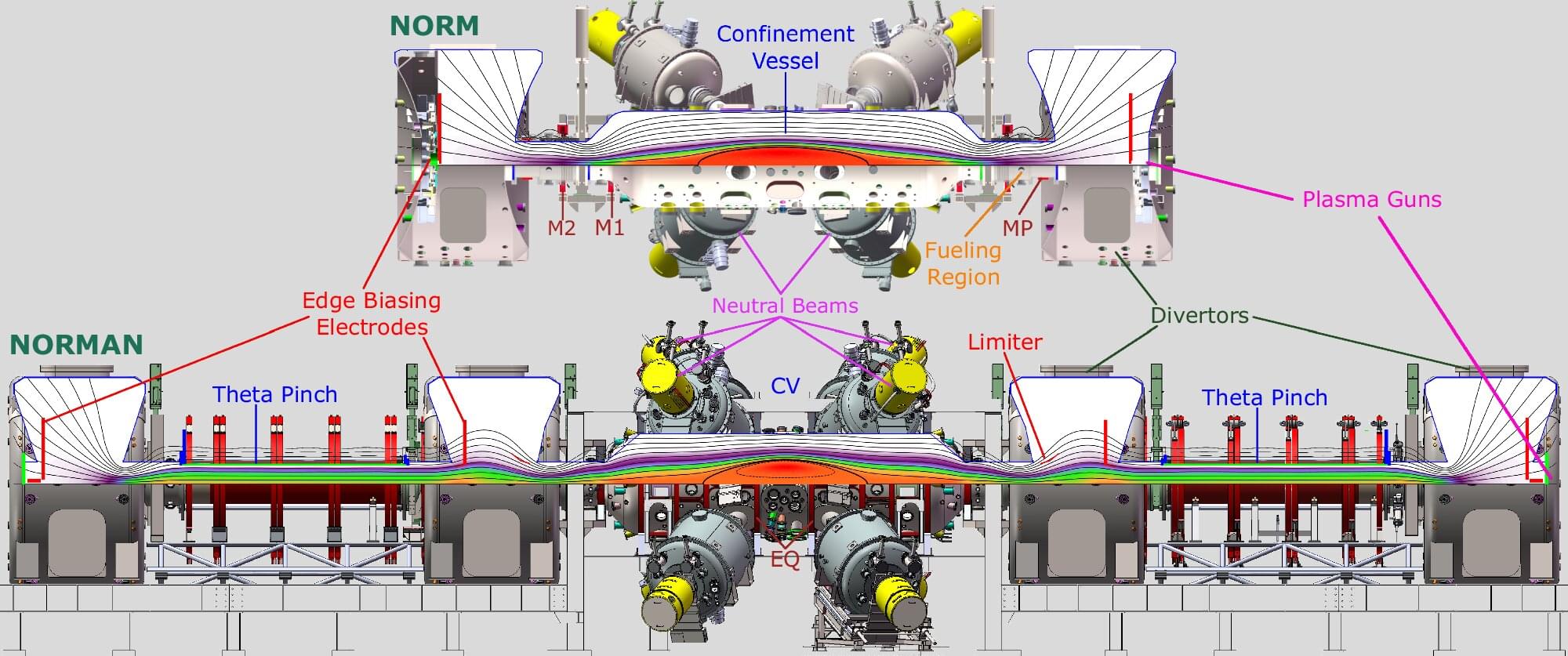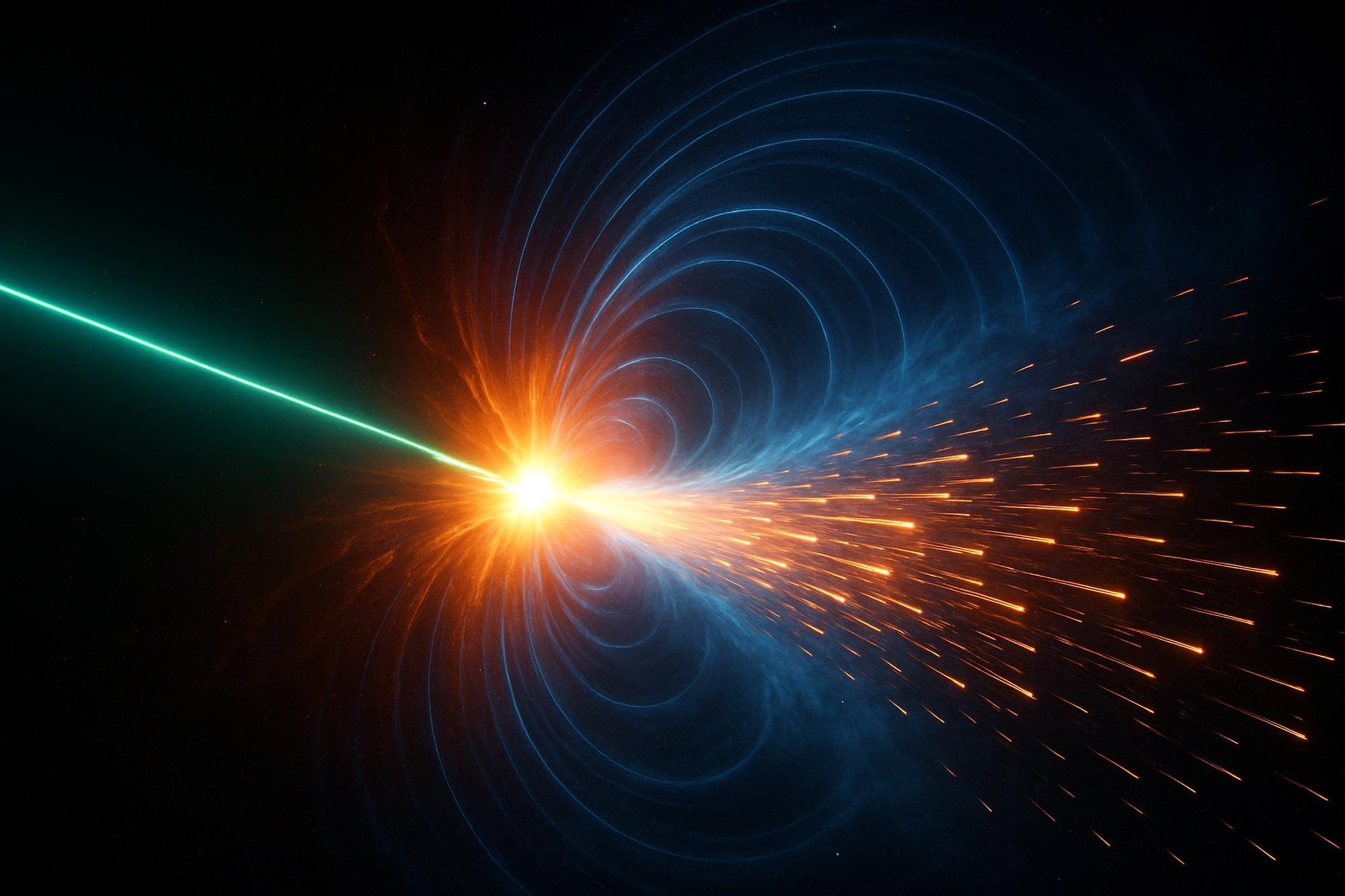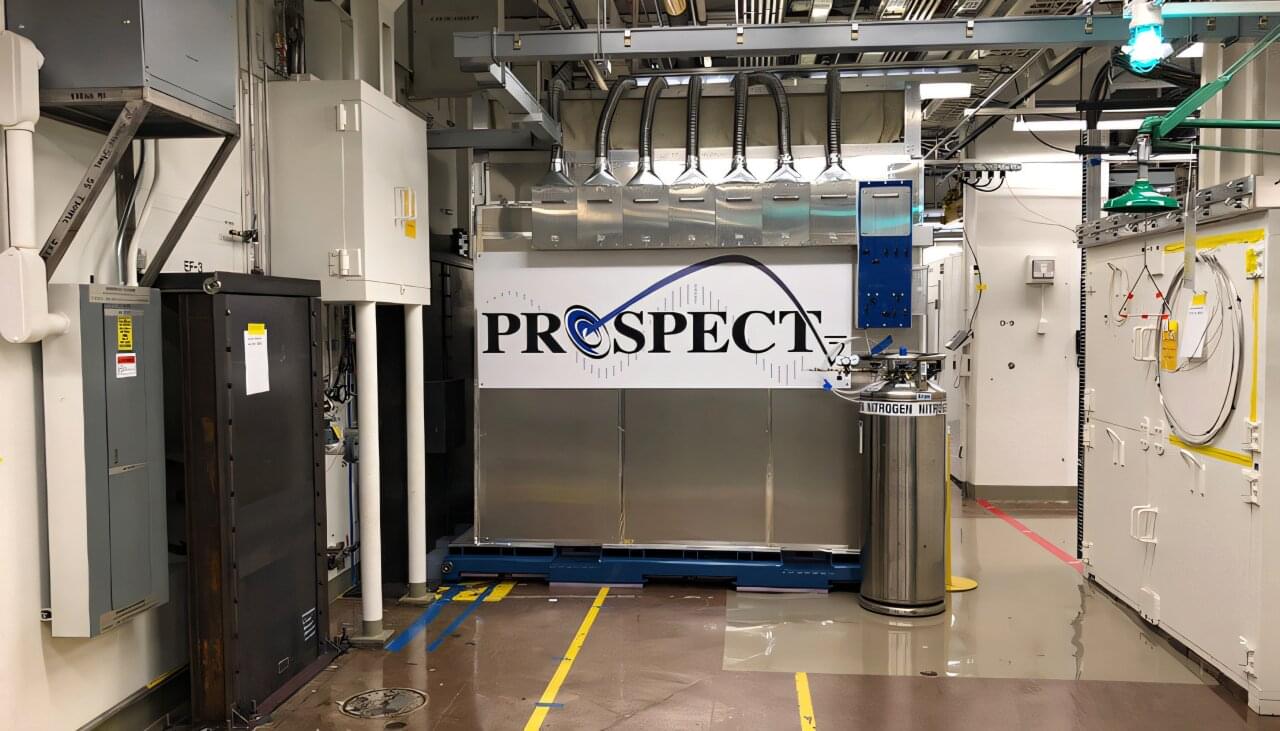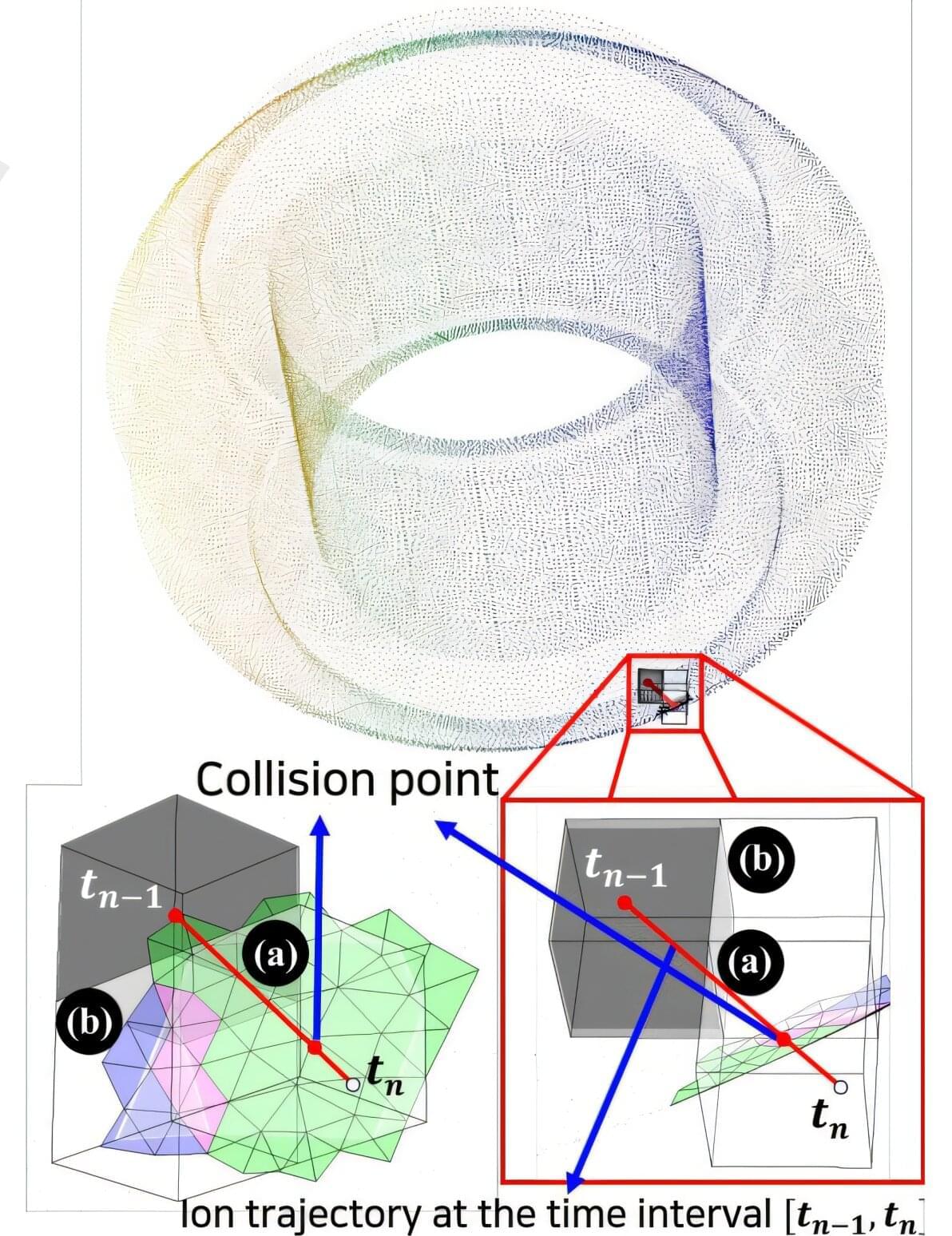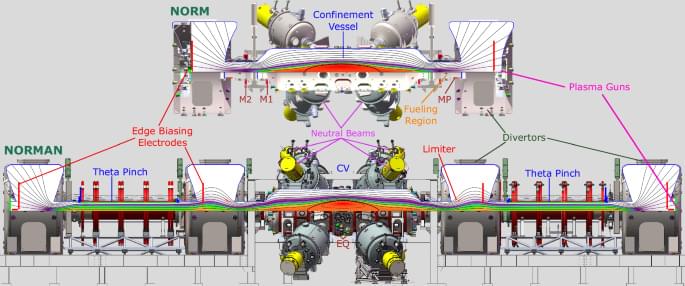A team of fusion researchers at TAE Technologies, Inc., in the U.S., working with colleagues from the University of California, has developed a new type of fusion technology that the company claims produces 100 times the power of other designs while costing just half as much to run. Their study is published in the journal Nature Communications.
Over the past several decades, scientists around the world have been trying to find a way to produce electricity using fusion reactors. Despite recent advancements, commercial electricity produced by fusion reaction power plants is still likely years away, due mainly to inefficiencies and cost. The team working in California claims that they have made significant inroads into solving both problems.
Their work was focused mostly on improving the field-reversed configuration (FRC), a magnetic confinement technique. As the researchers note, generating fusion reactions involves first generating plasma, which has to be contained. Because it is so hot, it cannot simply be contained; instead, it is held in place by a magnetic field.
